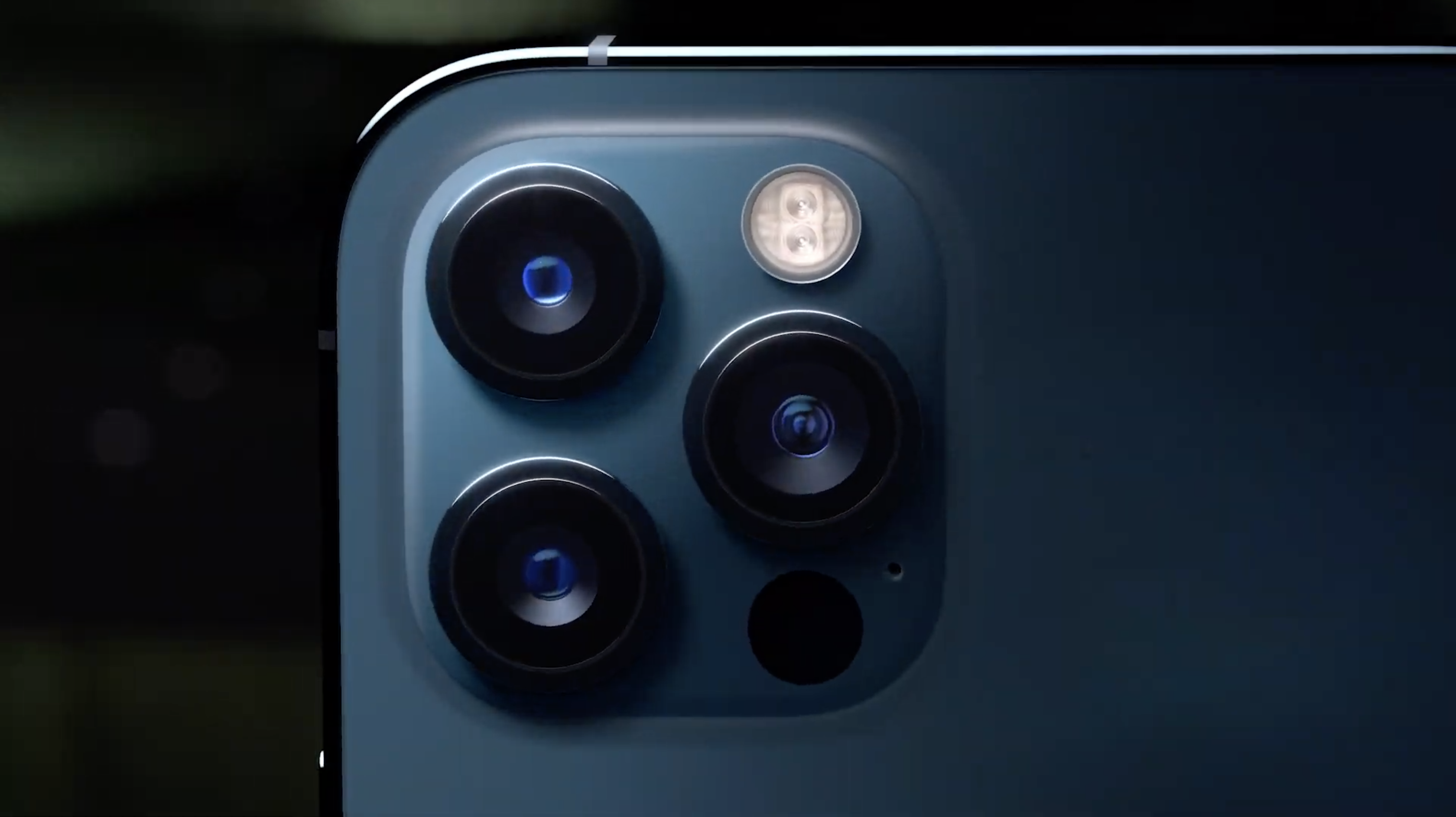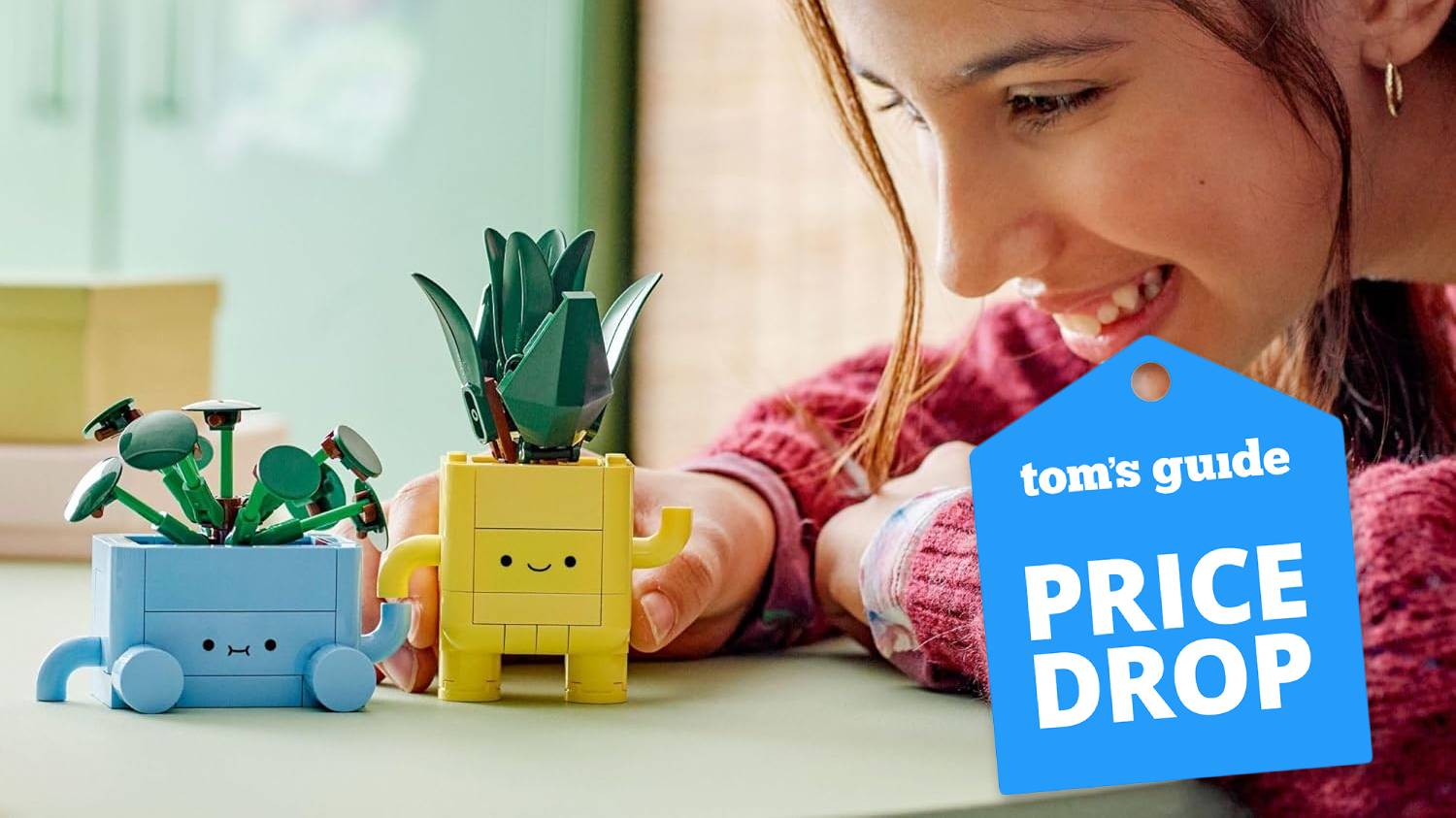iPhone 12 cameras: The 5 biggest upgrades
Here are the iPhone 12 camera improvements that really matter the most

If you happened to catch Apple's unveiling of the iPhone 12 and iPhone 12 Pro earlier this week, there's a fair chance you were overwhelmed by all the camera improvements the company rattled off.
But fear not — we've poured through all of the photography upgrades coming to the next iPhones to highlight the ones that rise to the top, and will matter the most to everyday users as Apple vies for the title of best camera phone.
- iPhone 12: Release date, price, specs and news
- The best iPhone 12 deals to jump on now
- Plus: iPhone 12 vs mini vs Pro vs Max: What’s different?
There is, of course, much more to share on this subject, as well as new features that will either need more time to arrive or prove their worth, like Apple's new ProRAW image format and LiDAR sensors in the pricier models.
However, these are the innovations that we're particularly excited for, and should make Cupertino's latest hardware a joy to shoot with in any condition — whether you're using the dual-lens iPhone 12 and 12 mini or triple-lens iPhone 12 Pro and Pro Max.
All-new 7-element lens with wider-aperture

The camera you do most of your shooting with is surely the main one, and it's here that Apple focused most of its efforts. The main wide-angle shooter is the same across all iPhone 12 models (barring sensor improvements to the iPhone 12 Pro Max in particular, which we'll cover a bit later). This new stack takes the form of a 7-element lens with a wider ƒ/1.6 aperture. The underlying sensor remains a 12-megapixel design.
According to Apple, the larger aperture will allow 27% more light to reach the sensor than the ƒ/1.8 optic in the iPhone 11 series. This will be most evident in mid- and low-light shots, where light is more scarce. On the iPhone 12, these scenarios should produce less noisy and blurry results.
Smart HDR 3 and faster Deep Fusion

Smart HDR and Deep Fusion are the secret sauce that make iPhone photography so stunning. Apple's processing takes multiple exposures of various lengths and selectively chooses elements of each frame on a pixel-by-pixel level to deliver the most optimized result.
Get instant access to breaking news, the hottest reviews, great deals and helpful tips.
In essence, Smart HDR and Deep Fusion are two different pipelines for achieving detail in challenging lighting conditions, differing in the amount of frames they capture and the way the final image is stitched together. Deep Fusion also targets darker photo ops, whereas Smart HDR comes into play in brighter scenarios.
While both of these systems were featured on the iPhone 11 range, Smart HDR 3 is the next-generation of that technology, and it's exclusive to the iPhone 12 line. The main addition in Smart HDR 3 is greater use of machine learning to identify scenes and tune various parameters to get the best shot, depending on whether you're taking, say, a portrait of someone, versus a natural landscape.
Meanwhile, Deep Fusion, which required a second or two of extra processing on the A13 Bionic-powered iPhone 11 devices, should be faster on iPhone 12, thanks to the power of Apple's new A14 Bionic silicon.
Night Mode on all cameras

Apple arrived somewhat late to the Night Mode party with the iPhone 11 last year, but the feature was well done and churned out respectable results compared to the company's rivals. For the iPhone 12, Night Mode isn't only better thanks to the new phones' overall improved low-light performance and wider aperture, but it's also usable on every camera, on both the standard and Pro variants.
This is a small but important point of distinction between the iPhone 11 and iPhone 12 series, because Apple's previous handsets could only pull of Night Mode on the primary wide-angle optic, exclusively. Ultrawide Night Mode shots weren't possible, much to the detriment of anyone trying to capture an expansive landscape or cityscape under the stars.
What's more, you can even capture Night Mode timelapses with the iPhone 12 line, which should excite more creative photographers out there, and iPhone 12 Pro and Pro Max owners in particular can combine Portrait and Night modes for stunning and dramatic shallow depth-of-field shots.
HDR video with Dolby Vision

Dolby Vision may be unfamiliar to most people in the market for a new phone, but you'll love what the technology can do once you see it. It's an HDR format that dynamically alters the presence of content on a frame-by-frame basis for an optimal presentation, going even further than the standard HDR10+ protocol.
Video captured with Dolby Vision will have more detail in highlights and shadows, with a finer, smoother gradation in color. Those who have worked with the technology say it produces astonishing results, perhaps even more impressive than the jump from full-HD to 4K resolution did.
Fortunately, both the iPhone 12 and iPhone 12 Pro can take advantage of Dolby Vision when capturing video, though there's a distinction. The iPhone 12 and iPhone 12 mini can only capture Dolby Vision footage at 30 frames per second, while the Pro devices double that to 60 frames per second. Either way, whatever you record with Dolby Vision is going to look incredible, either on your iPhone's Super Retina XDR display or a 4K HDR TV.
The iPhone 12 Pro Max's special sensor

Apple has done well to ensure relative parity across the cameras in all iPhone 12 models. However, this year the $1,099 iPhone 12 Pro Max is getting some special treatment, coming in the form of a bigger image sensor behind the main camera comprising larger pixels, as well as a new technology Apple's lifted from DSLRs called Sensor Shift.
First, though, that fancy new sensor. Larger image sensor pixels bring in more light; this is why every single phone with a crazy-high megapixel sensor ultimately ends up bundling those pixels together to make them as large as possible anyway. Thus, a larger image sensor exhibits better light sensitivity, producing more detailed and colorful image free of noise in dim conditions. The pixels on the iPhone 12 Pro Max's exclusive sensor are sized at 1.7 microns — notably larger than the 1.4-micron pixels in all other variants of the device, and Apple says this is good for an 87% improvement in low-light video performance.
As for Sensor Shift, it's a new image stabilization technology previously unseen in smartphones. Many handsets use a conventional form of stabilization that physically moves the lens to offset judder. The iPhone 12 Pro Max does this, too. However it also moves the image sensor to counterbalance motion at the same time. In DSLR cameras, this is typically referred to as in-body image stabilization; in the case of the iPhone 12 Pro Max, Apple dubs it Sensor Shift. Whatever you call it, it should help deliver even sharper pictures and smoother video than any iPhone before it.
iPhone 12 cameras outlook
Although the iPhone 12 series might look to have made few quantifiable changes to camera hardware on paper, there re actually a host of upgrades on offer with these new devices that exceed a simple megapixel bump. And given that Apple has historically delivered some of the finest camera phones on the market, we're inclined to think the additions to the iPhone 12 line will be perceptible in practice.
Critics may lament the lack of certain features, like perhaps 8K video recording, or a more powerful optical zoom that goes further than 2.5x. Indeed, imaging is one of the most rapidly-evolving areas of the smartphone experience, so we look forward to seeing how the iPhone 12 pushes the industry forward, as well as how the likes of Samsung and Google respond with improvements of their own.
Adam Ismail is a staff writer at Jalopnik and previously worked on Tom's Guide covering smartphones, car tech and gaming. His love for all things mobile began with the original Motorola Droid; since then he’s owned a variety of Android and iOS-powered handsets, refusing to stay loyal to one platform. His work has also appeared on Digital Trends and GTPlanet. When he’s not fiddling with the latest devices, he’s at an indie pop show, recording a podcast or playing Sega Dreamcast.
